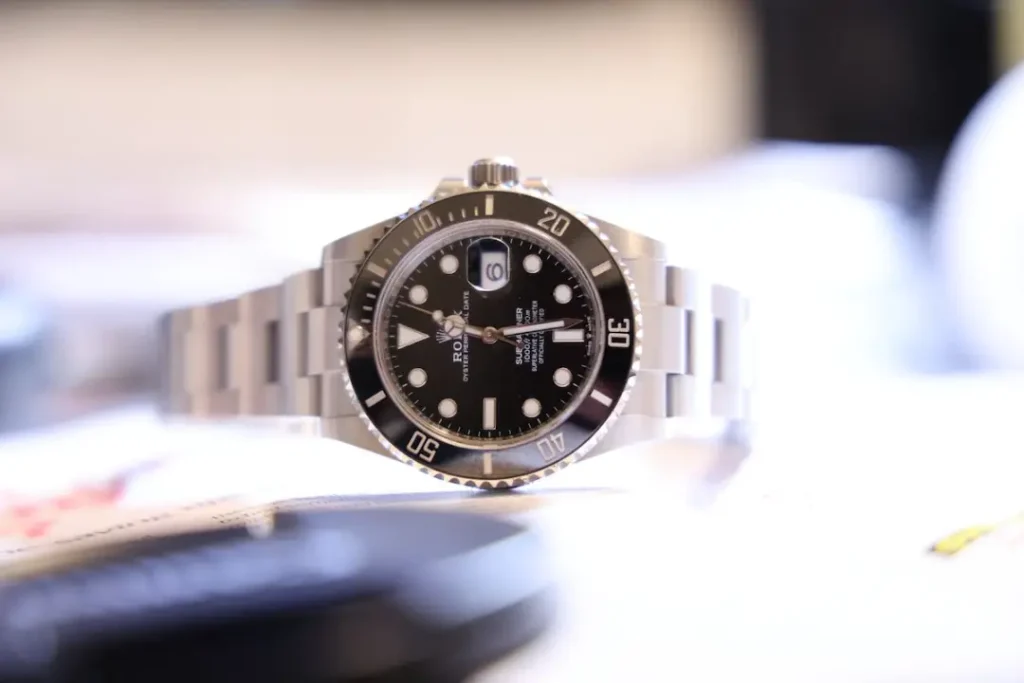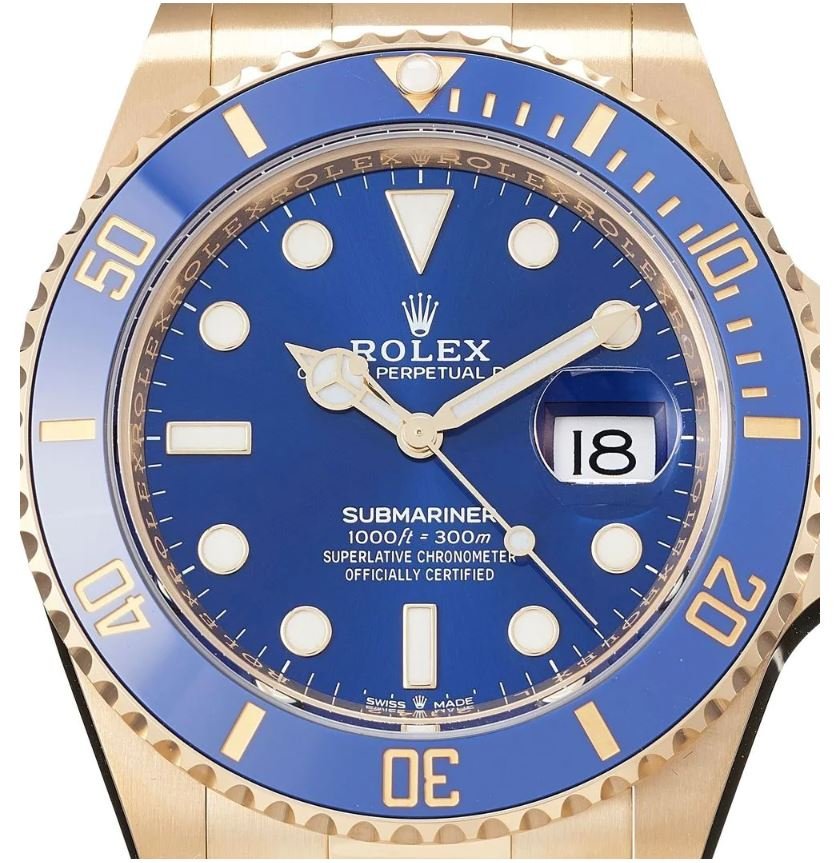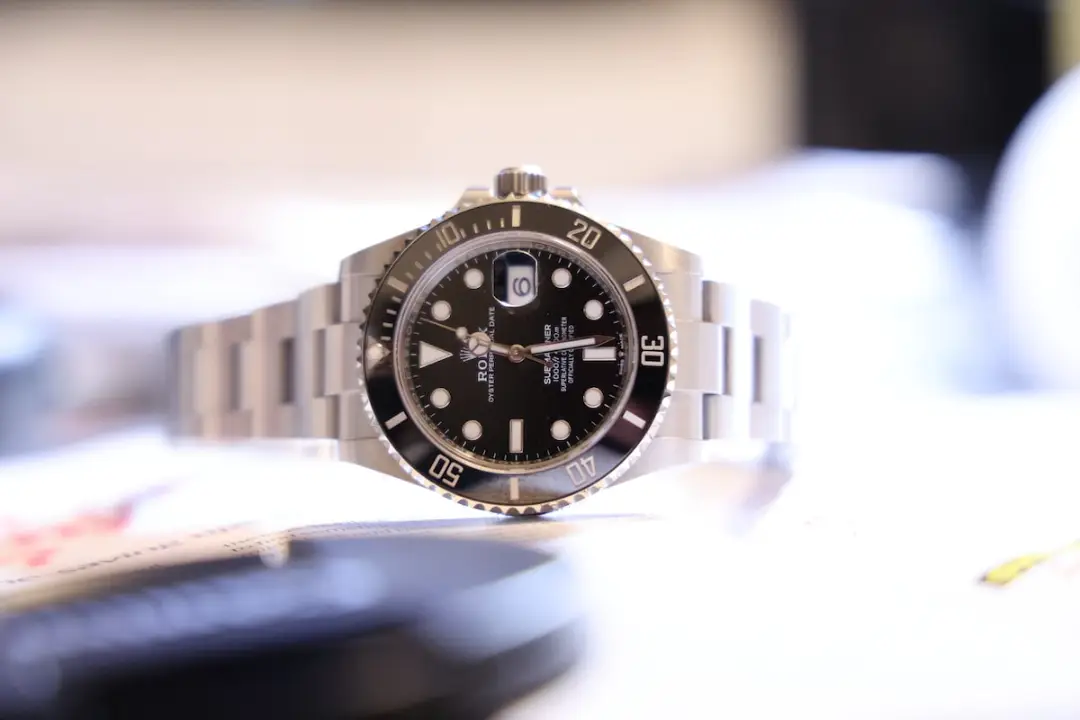Table of Contents
Diving watches are essential tools for divers, amateurs and professionals. They allow you to accurately measure the time spent underwater and therefore to manage your dives in complete safety. One of the key elements of a diver’s watch is its rotating bezel.
Within this guide, we will explain how to best use this feature to optimize your diving experiences.
Understand how the rotating bezel works
The rotating bezel is a circular device located around the watch face. It can be manually moved counter-clockwise, allowing you to mark a time reference point from which you can count the elapsed time.
This feature is particularly useful for tracking the duration of a dive and ensuring a safe ascent to the surface.
Why only counterclockwise?

It’s a matter of safety: indeed, if the bezel could turn in both directions, there would be a risk that it would accidentally be shifted in the wrong direction during a dive, thus causing a time calculation error. elapsed.
By only allowing counter-clockwise movement, it is ensured that even if the bezel is unintentionally moved, it will only increase the displayed time and therefore the diver’s safety margin.
How to adjust the rotating bezel before a dive
To prepare your watch and its rotating bezel for a dive, follow these steps:
- Check that the watch is working properly : Make sure the time is set correctly and the battery is not flat.
- Rinse the watch with fresh water to avoid any salt or sand residue that could interfere with the bezel rotation mechanism.
- At the start of your dive, line up the “0” mark on the bezel (often marked with a triangle or an arrow) with the current minute on the watch face. This will allow easy measurement of elapsed time by simply reading the minutes on the bezel.
Once these steps are completed, you are ready to dive safely by keeping an eye on the duration of your immersion.
Use the scale of the bezel to better manage your time

Rotating bezels are usually graduated in 5 or 10 minute intervals, making it much easier to keep track of elapsed time. Some watches also offer finer graduations, or even indications in seconds for even greater precision.
In addition to the standard graduation, some rotating bezels have additional indications, such as:
- Phosphorescent markings for better readability in the dark,
- Colored markers to distinguish different time zones (for example, a first decompression stop),
- Or numbers printed directly on the bezel to make reading easier.
Other tips for taking full advantage of your diver’s watch and rotating bezel

Regular maintenance
In order to guarantee the reliability and longevity of your diver’s watch, remember to regularly maintain the mechanisms of your watch and its rotating bezel. This includes in particular rinsing with fresh water after each use at sea, as well as checking that the seals are working properly.
Do not neglect the other functions
The rotating bezel is just one of the many features offered by modern dive watches. Do not hesitate to explore all the options offered by your watch, such as depth alarms or decompression stop counters, in order to take advantage of all the advantages of your equipment.
Don’t rely solely on the rotating bezel
While the rotating bezel is a great tool for measuring elapsed time, don’t blindly rely on it and always consider other elements of your underwater environment. For example, it is recommended to regularly check your air consumption and your depth in order to adapt your dive accordingly.
By mastering the use of the rotating bezel on your diver’s watch, you benefit from a valuable tool for managing your immersions in complete safety. Feel free to familiarize yourself with this feature and make full use of it on your next underwater adventures!






